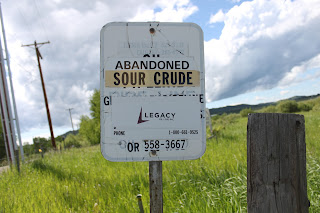Fukushima radiation spike sets new highs
B. McPherson
How long until another Fukushima in Japan?
Just when you thought it was safe to eat the rice. Fukushima
Daiichi nuclear station has released a massive cloud of radiation. On January
12, 2015 nearly four years after the nuclear power station was wrecked in an
earthquake/tsunami one two punches of dangerous levels of radiation are being
released.
The four elements reported on in the January 12, 2015 news
release show stunningly high radioactivity.
·
Cesium 134 emitting at 7,500% above the January
8 reading, setting a new record high
·
Cesium 137 emitting at 7,500% above the January
8 reading, setting a new record high
·
Cobalt 60 emitting at 400% of previous record
high
·
Beta particles emitting at 6,000% above January
8 reading 1,300% above old record high
The area tested is near one of the trenches dug to contain
radioactive water that has been used to cool the melted reactor cores.
Radiation in this area is too hot for people to work safely and Tepco has
contracted with an American firm, Kurion Inc., to build a robotic arm to do the
sealing of the trench.
The clean up of the facility is estimated to take decades.
People have been displaced and see their ancestral villages and farms abandoned
to radioactivity. Farmers outside the immediate area have faced suspicions that
their produce is harbouring dangerous radioactivity. Now word is coming out
about the woes of the saki makers of the area. The Japanese are wary of saki
produced in the Fukushima Prefecture while China and S. Korea simply do not
allow it into their countries.
Japan is gradually bringing its nuclear power stations back
on line in spite of the misgivings of many citizens. Before the Fukushima
disaster it was heavily dependent on nuclear power.
Sources:

Comments
Post a Comment